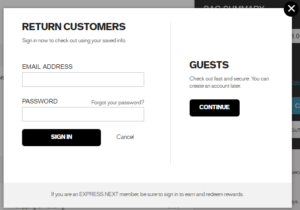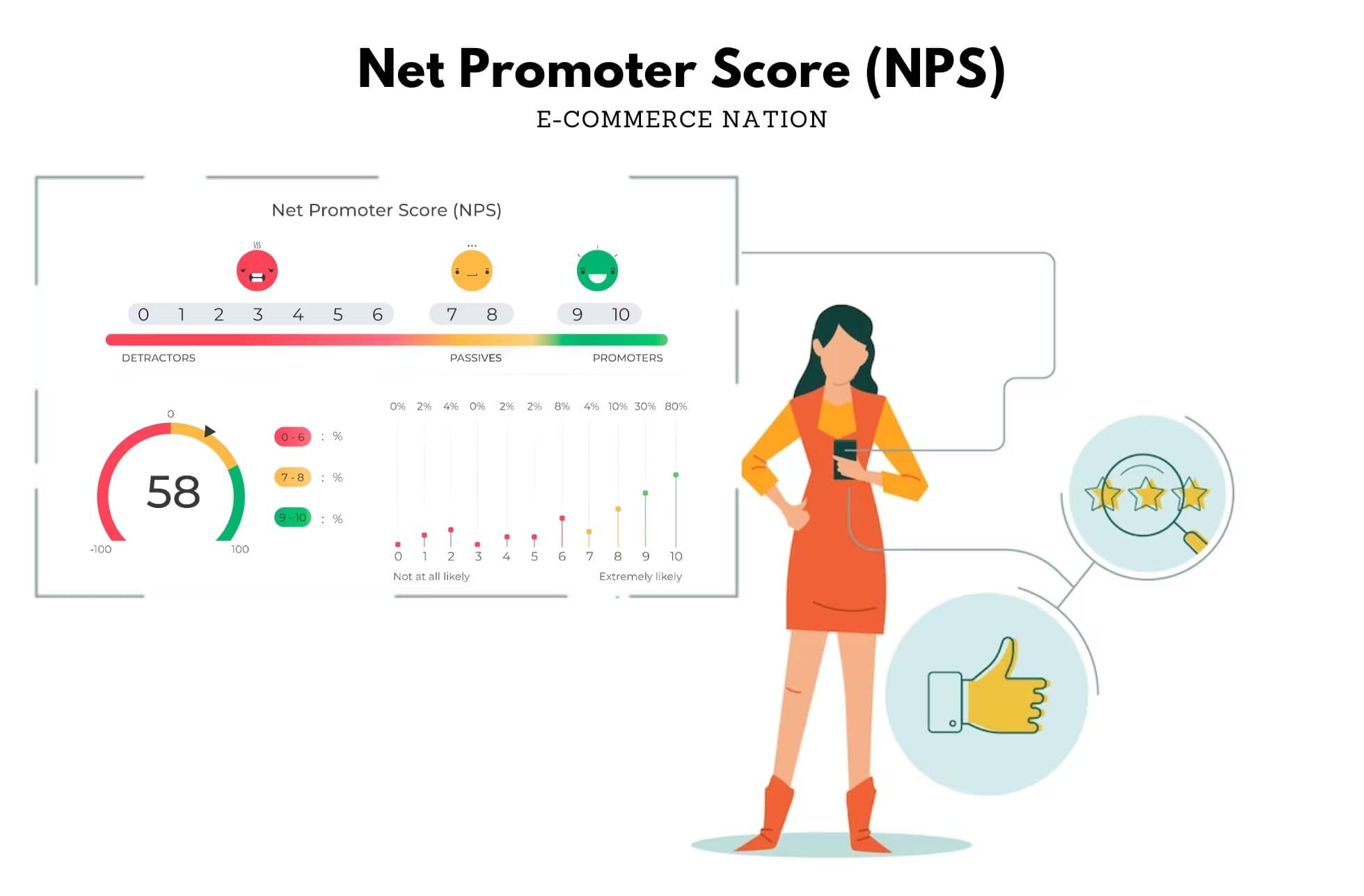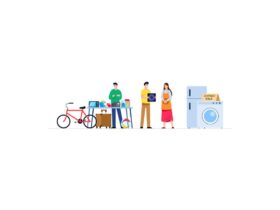Conversions are crucial for any business that wants to be successful, and especially for e-commerce. After all, without conversions, nothing would happen. There’d be no signups, no click-throughs, no sales. But despite the obvious importance of e-commerce conversions,” Research shows that 53% of businesses spend less than 5% of their total marketing budget on conversion optimization” and “35% of the businesses report a conversion rate of less than 1%,” says Matt Janaway.
9 E-Commerce Conversion Tips to Boost your Sales
What gives? Many businesses spend the bulk of their budgets on driving traffic to their websites. And while driving traffic is definitely important, if businesses aren’t doing anything in terms of conversion rate optimization, all that traffic and lead generation is going to go to waste.
Below, you’ll find a list of nine things you can do to increase your e-commerce conversion rates. And while each singular suggestion may make only a slight difference, when applied collectively, the impact can be considerable.
1. Communicate Proof On Your Website

Examples of proof include testimonials, reviews, social engagement (retweets, likes, pins, etc. ), and “claims to fame” (see image below).
While this might seem like a small thing, or a no-brainer, even if your customers don’t spend a lot of time looking at these indicators, they are still mentally associating your brand with other trustworthy brands.
2. Use Trust Signals
Testimonials and reviews also communicate that your business is trustworthy. Other ways you can foster trust are to offer strong (30+ days), no-questions-asked money-back guarantees; make it super simple for people to contact you; and display trust seals, such as Verisign, Truste, or McAfee Secure.
It’s also important to understand that different markets that you target give different weight to trust signals. For example, trust signals that work in the USA might not work in Australia.
3. Show Product Demonstration Videos
“Organizational housewares e-tailer StacksAndStacks.com reported that visitors were 144% more likely to purchase after seeing a product video than those who did not,” says Sherice Jacob. It’s no surprise that product videos help convert customers through giving them a 360 degree illustration of your products, which give them a better idea of what they’re buying, replicating the look-and-feel aspect in brick-and-mortar stores.
4. Don’t Make Customers Register In Order To Purchase

Registration is another hoop customers have to jump through, making them more likely to abandon the checkout process. One of the biggest reasons customers bounce is because they don’t want to create an account to checkout.
Try offering “express” and “guest” checkout options to minimize roadblocks and the potential for customers to disengage. This will allow your customers to expedite the checkout process without giving tons of unnecessary information.
5. Include A Free Trial (If Applicable)
GetResponse, an email marketing platform, added a “Free Trial” button alongside the “Buy Now” button on its homepage and saw an increase of almost 159% in free account signups (without negatively affecting the number of paid account signups). By offering something for free, your customers will feel less risk when trying your products or services for free- which will lead to higher e-commerce conversion for you if they like your product.
6. Use Action-Oriented Language
Especially in your calls-to-action, choose words—verbs in particular—that compel visitors to do something. For instance, “Grab your free copy,” “Reserve your spot,” or “Register now and save.” Adding a sense of urgency to your calls-to-action will help play on the psychological idea behind “the fear of missing out,” which will help with spontaneous conversions.
7. Include Product Stock Numbers
If you sell a physical product, letting customers know how many are left in stock, especially as the number starts to dwindle, helps create a sense of urgency, inciting customers to want to act fast.
You can achieve this without specific numbers too. For example, adding “Only a few left!” or “1 remaining” you can push your customer to confirm so they won’t lose out on this product.
8. Suggest Related Items
I can speak from personal experience that this technique definitely works. Showing your customers related items as they browse your online store keeps them engaged and adds a more customized feel to the shopping experience in the realm of having a personal shopping assistant. There are sophisticated tools you can use to offer product recommendations, as well as call-back emails to bring bounced customers back to your store.
9. Test The Aesthetics Of Your Site
It’s always important to test the different visual aspects of your store to understand what your customers best respond to. These might seem like tiny details, but surprisingly, they can make all the difference:
- Link color – Most studies show that blue links work best, but Beamax, a projection screen manufacturer, made its links red and improved click-through rates by 53%.
- Button size, shape, and color
- CTA placement – One test showed that CTAs placed on the left side of a website were more effective than those placed on the right.
- Video thumbnails
- Content length
- And the use of directional cues – Directional cues guide visitors’ focus to the most important parts of your page; just don’t be too flashy or over-the-top with them.
There are a plethora of items you can test and tweak when it come e-commerce conversion rate optimization. While it can seem daunting, it’s definitely worth it.
Thanks to innovations in technology and users growing increasingly confident with entering their credit card information online, it’s become easier than ever for e-commerce companies to succeed. They just have to put their e-commerce conversion rate optimization higher up on their list of priorities.
Image credit : Vlad Tretiak





